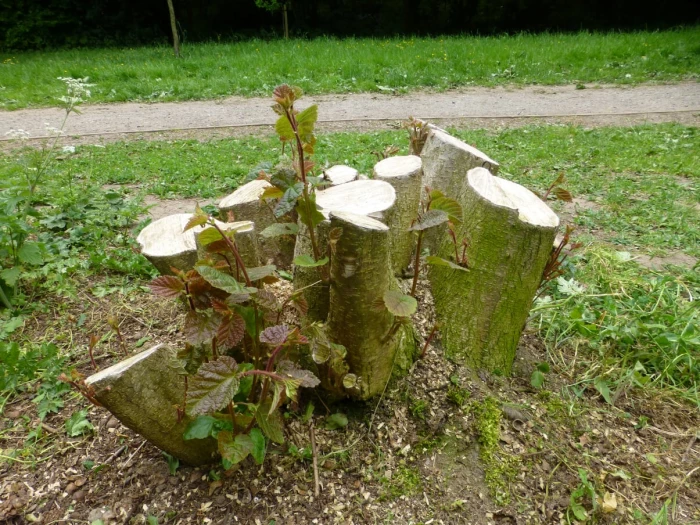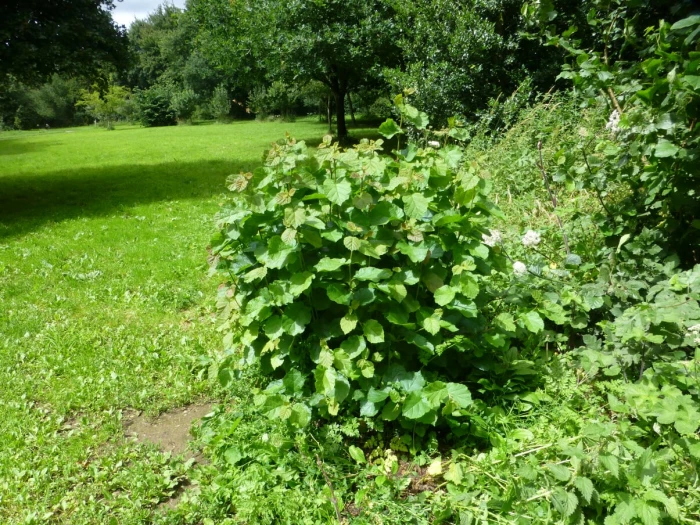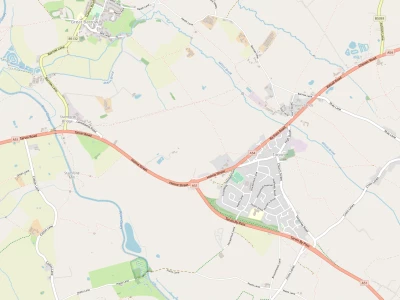
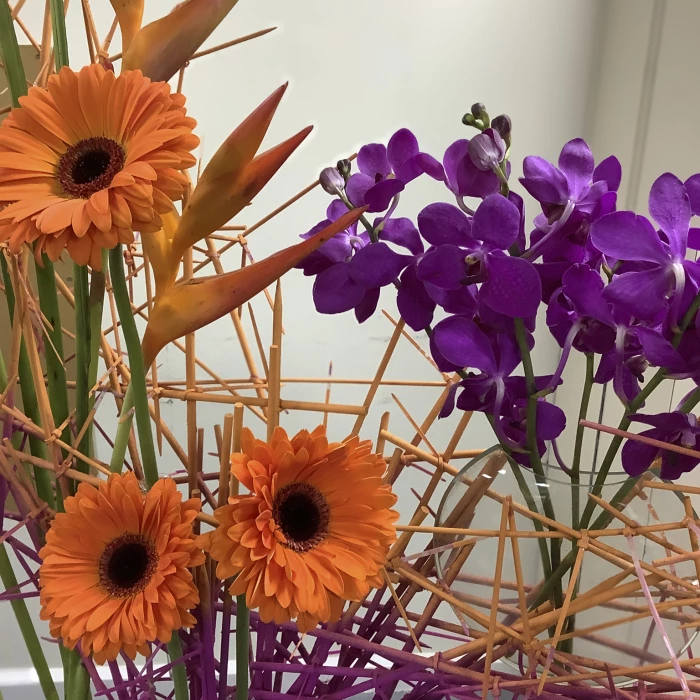



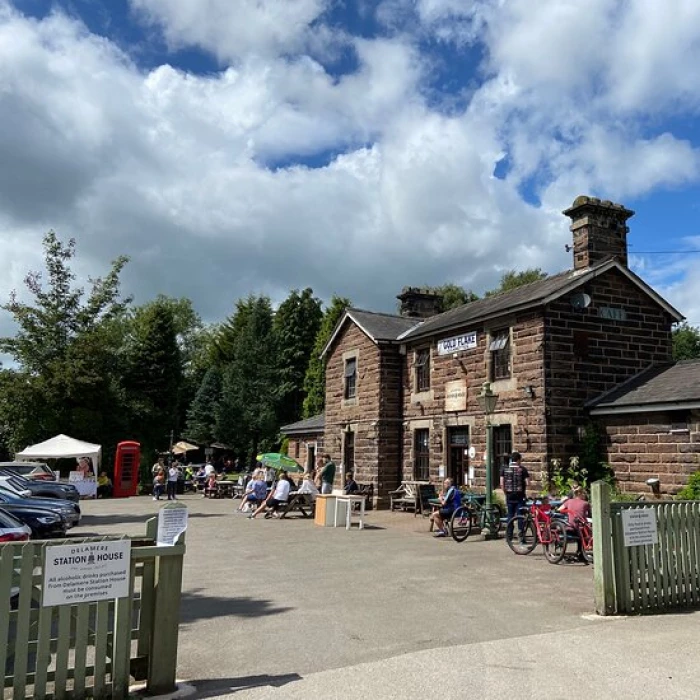
Coppiced Hazel (Corylus avellana)
The most plentiful tree in our woodland is probably the English Oak (Quercus robur) but my guess is that the second most plentiful one is the Hazel (Corylus avellana) . The difference, though, is that, while our oaks are allowed to grow into trees, our hazels are coppiced every few years. (Most of the broad-leafed trees could be coppiced, although hazel is the only species to which it is done at present in our woodland.) Coppicing is a simple matter of cutting the young tree (in our case, hazel) down to about 6" (15cm) above the ground and then allowing it to re-grow. It sounds brutal but the surprising truth is that a hazel which is allowed to become a tree of height perhaps 12 metres (almost 40 feet) would live for just 80 years, while the coppiced hazel (which is repeatedly cut down before ever getting to anywhere near that height) has the ability to live for many hundreds of years. It seems as if coppicing is able to maintain trees at a juvenile stage, and a regularly coppiced tree will never die of old age!
Whilst enjoying his "lock-down exercise", John Daines has been regularly taking photographs of the woodland and, as a result, we have a number of photographs of one of the hazels that were coppiced last October. The comparison between the photograph taken in early-May and another in mid-July are stunning. In the first, some early growth can be seen but the photograph in mid-July shows just how much additional growth has been put on in only a few weeks. The rate of growth is phenomenal but perhaps that should not be altogether surprising. The plant that was coppiced was of a considerable size and the roots haven't been affected at all by the coppicing, so the new growth is being given encouragement by the roots of a much larger plant – hence the rapid growth. In a traditionally coppiced woodland (a copse), wood is harvested every few years – the time depending on the type of tree. Hazel woodlands were often harvested on a 7 – 10 year cycle, whereas, at the other extreme, chestnut woodlands were left to grow for a 12 to 18-year cycle to produce wood for splitting and binding into cleft chestnut paling fence, or, even longer, on a 20- to 35-year cycle, to give cleft post-and-rail fencing,
In years gone by, coppices were hugely important because they were able to provide large amounts of small-section wood for many purposes, especially for producing the charcoal needed for metal smelting (before it was discovered that coal could be used far more cheaply). There are still a number of these woods operating as working coppices today, producing material for hurdle-making, thatching spars, small-scale charcoal-burning and a variety of other crafts.
As a woodland, we coppice our hazels for the most part to keep them small, although the hazel is in many ways an ideal under-storey tree and is able to cope well with life at the woodland edge. When the hazels are coppiced, they yield a good number of long, stout poles which are ideal for use in gardens. Rather than trying to sell these, we leave them leaning up against the gates of the woodland, hoping that they will find a good home. So far, the gardeners of Tarvin haven't let us down!
Quick Links
Get In Touch
TarvinOnline is powered by our active community.
Please send us your news and views.

